Fromages Français: Cheese Tasting with ON Dining
Article and photos by Michele Wisla
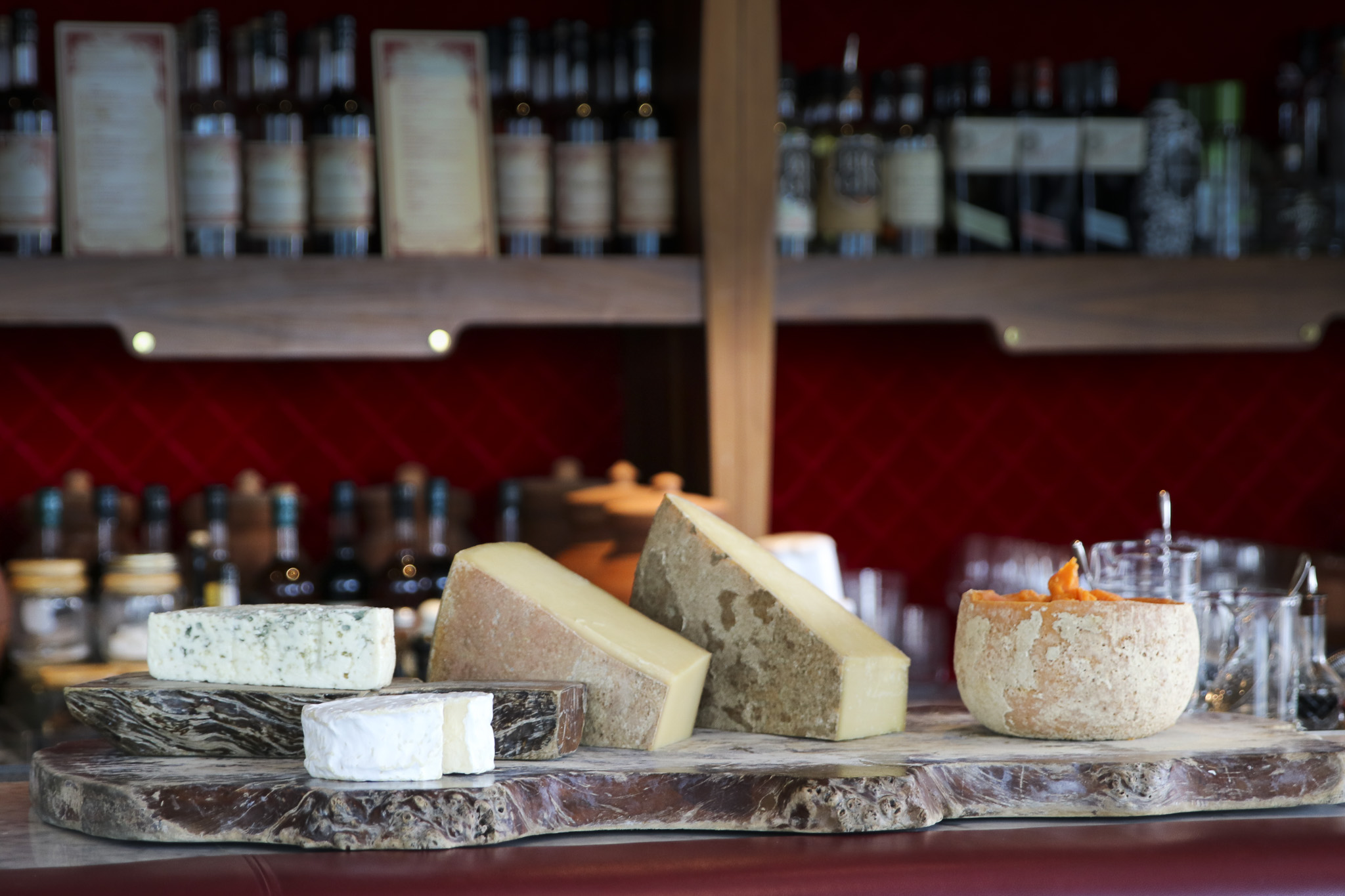
“Tell me what you eat, and I will tell you what you are.”
– French gastronome Jean Anthelme Brillat-Savarin
Brillat-Savarin, a brie cheese made from cow’s milk that’s enriched with cream seems the kind of decadent cheese that would be named for the famous French gourmand.
It was the first cheese we tasted during Slow Food Hong Kong’s latest outing. We gathered on 11 March 2018 with ON Dining’s cheese specialist Peter Kong for a guided tasting of some of the best French cheeses in Hong Kong.
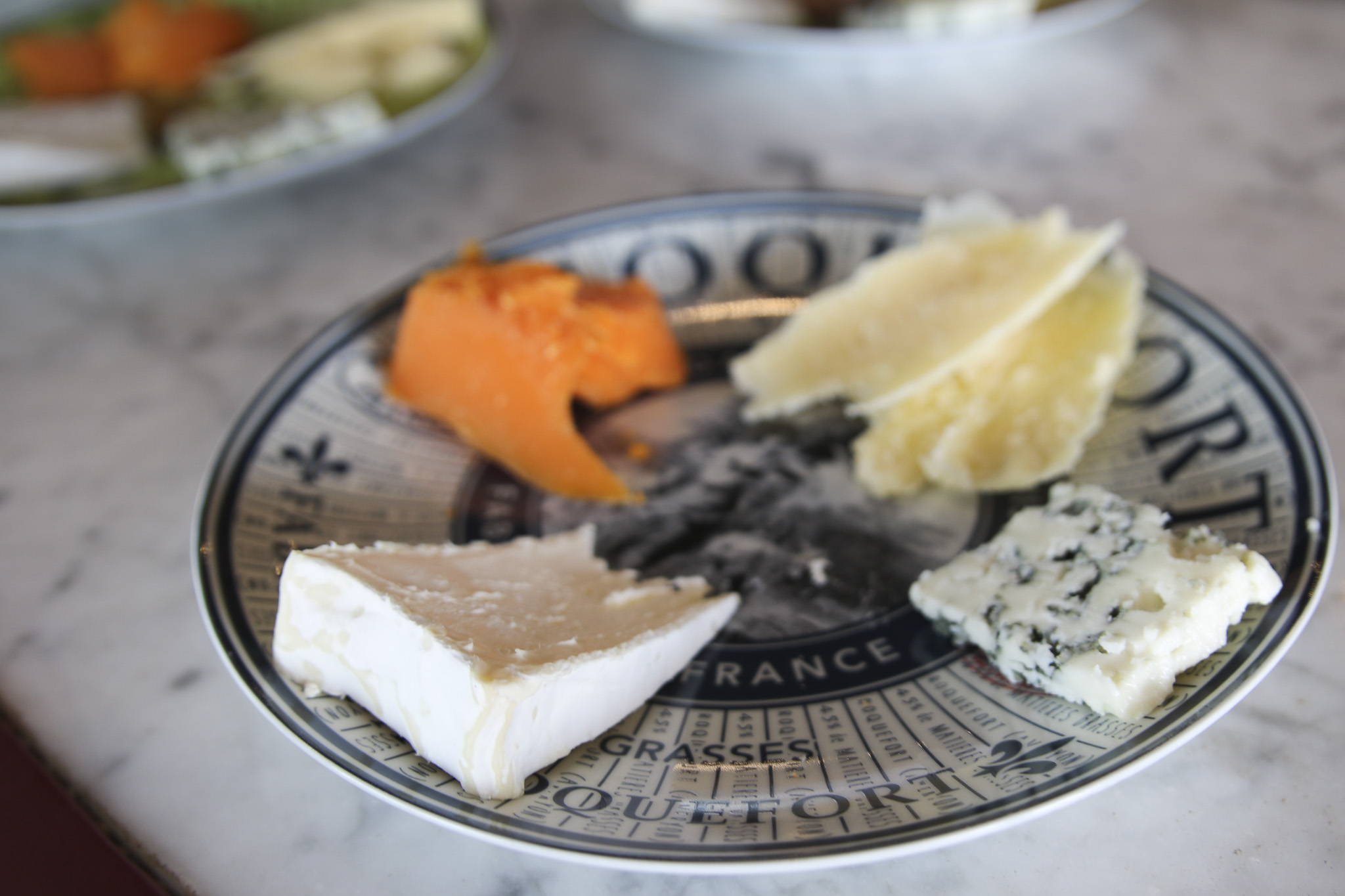
The extremely creamy Brillat-Savarin was like “ice-cream on your palate” as described by Peter, which I thought was an apt description. The white rind with its firmer, crunchy texture provided contrast to the soft inside. This particular triple brie cheese was fresh, unpasteurized and alive. It’s made with three different kinds of milk, from three different kinds of cow and the cheese is aged about 2 weeks before going to the markets. Because of this, the restaurant imports fresh rounds every week.

A Champagne from Nicolas Deneux, the restaurant’s sommelier, was used to cleanse the palate from the heavy creaminess of the Brillat-Savarin before we tried the hard cheese called Mimolette.
The Mimolette was from the northern part of France. Its shape is round, and it has a very rough outside texture. This is because it matures in a cave where natural cheese mites are introduced to eat away at the rind. This in turn creates holes for air movement which helps the flavors develop.
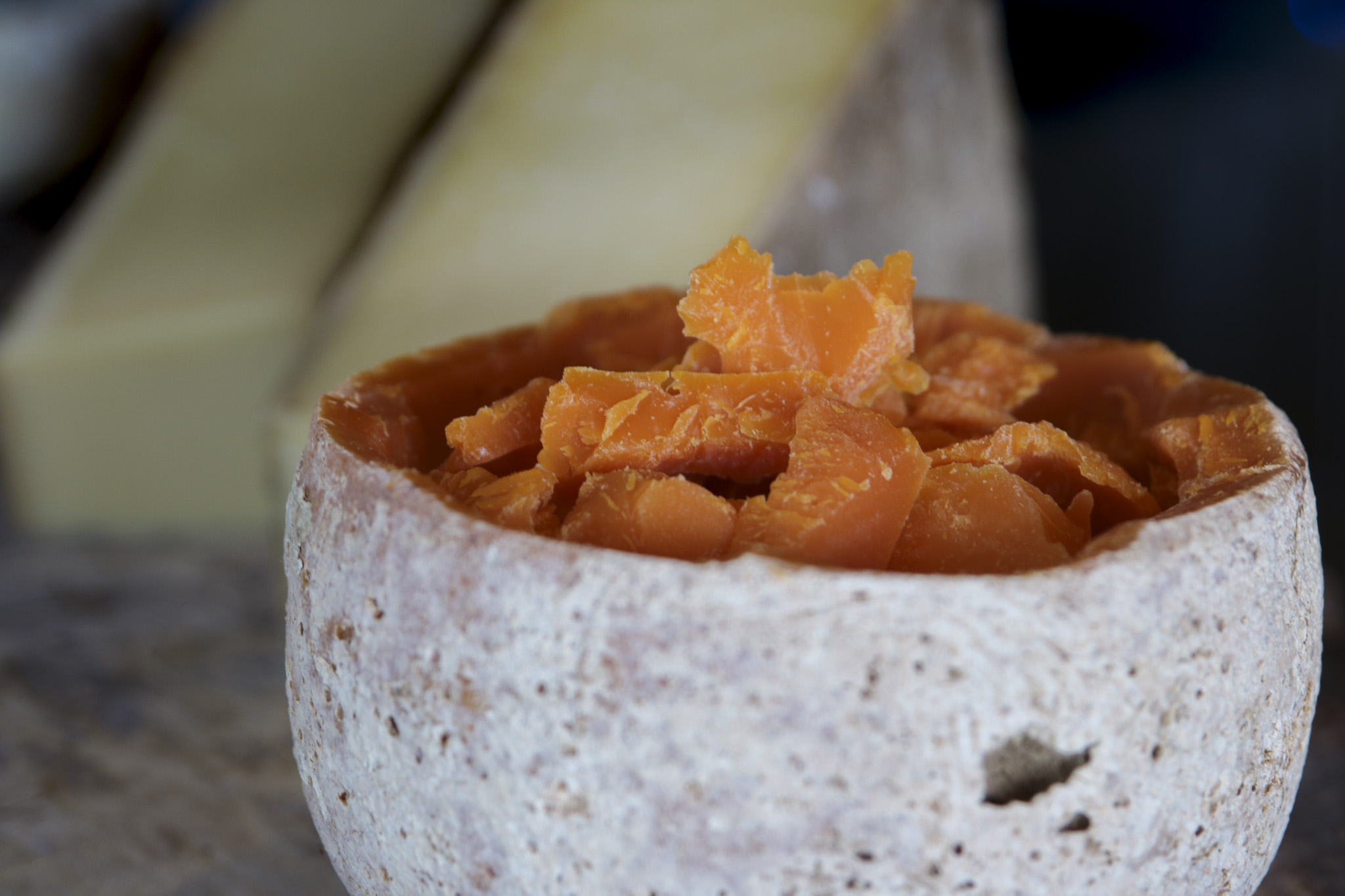
The cheese we tried was aged 24 months, although it’s available aged 3, 6, 9, 12 and 18 months as well. The flavor was a bit salty and nutty, some described it like the Chinese salted egg yolk. The color of the cheese is a beautiful orange color, brought about by adding a natural dye.
Next was the Comte, one cheese the restaurant is famous for. Being a hard cheese, it develops more nuanced flavors the longer it’s aged, up to 48 months although it can be sold as young as 4 months. Approximately 45% of Comte sold is pretty young though, between 4 and 12 months old. Young Comte has a predominately nutty flavor that deepens and becomes stronger as it ages, with a lot more variety of taste, similar to a quality aged wine.
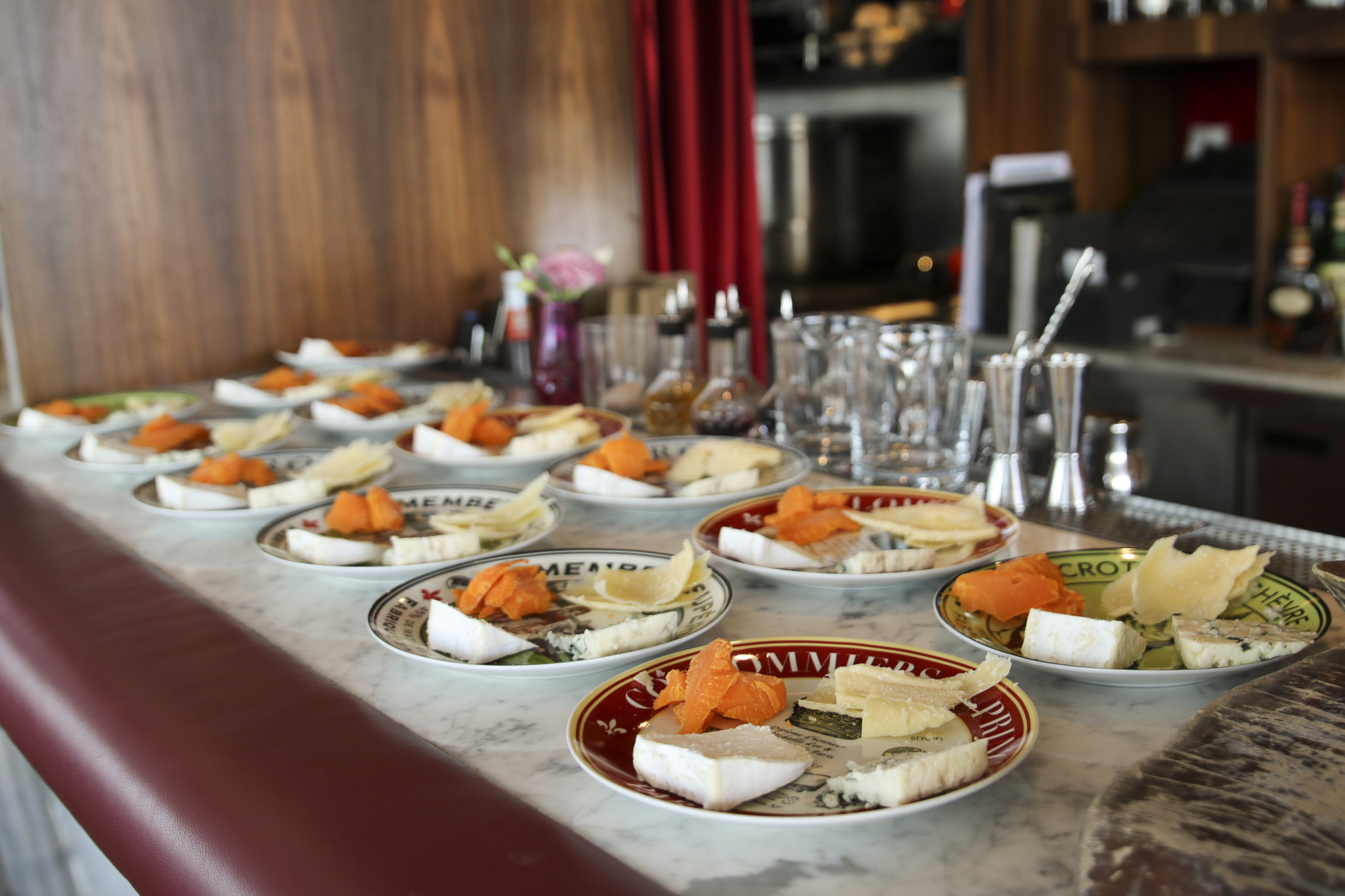
Comte was one of the first cheeses to receive an AOC designation in 1958. It must go from milk to the start of its life as a cheese within 24 hours. AOC regulations also require that it is constantly checked and monitored for taste, smell and appearance. It is graded on a 20-point rating system that besides taste and aroma, takes into account flaws such as cracks and how perfectly the cheese looks. Only those reels receiving 15 points or more will have a Green label and be called Comte Extra. If 12-14 points, it will have a Brown label and be sold at a lower price. Those that receive less than 12 points cannot even be given the official label. It is important to know that a Brown label could taste as good as a Green label, because the appearance could subtract a point or two and make all the difference in the rating. It is really the age of the cheese that will give it a deeper, more nuanced flavor. An extremely small selection of the Comte is allowed to age 36-48 months, and this is why the opportunity to have a 48-month-old cheese at ON Dining was so special.
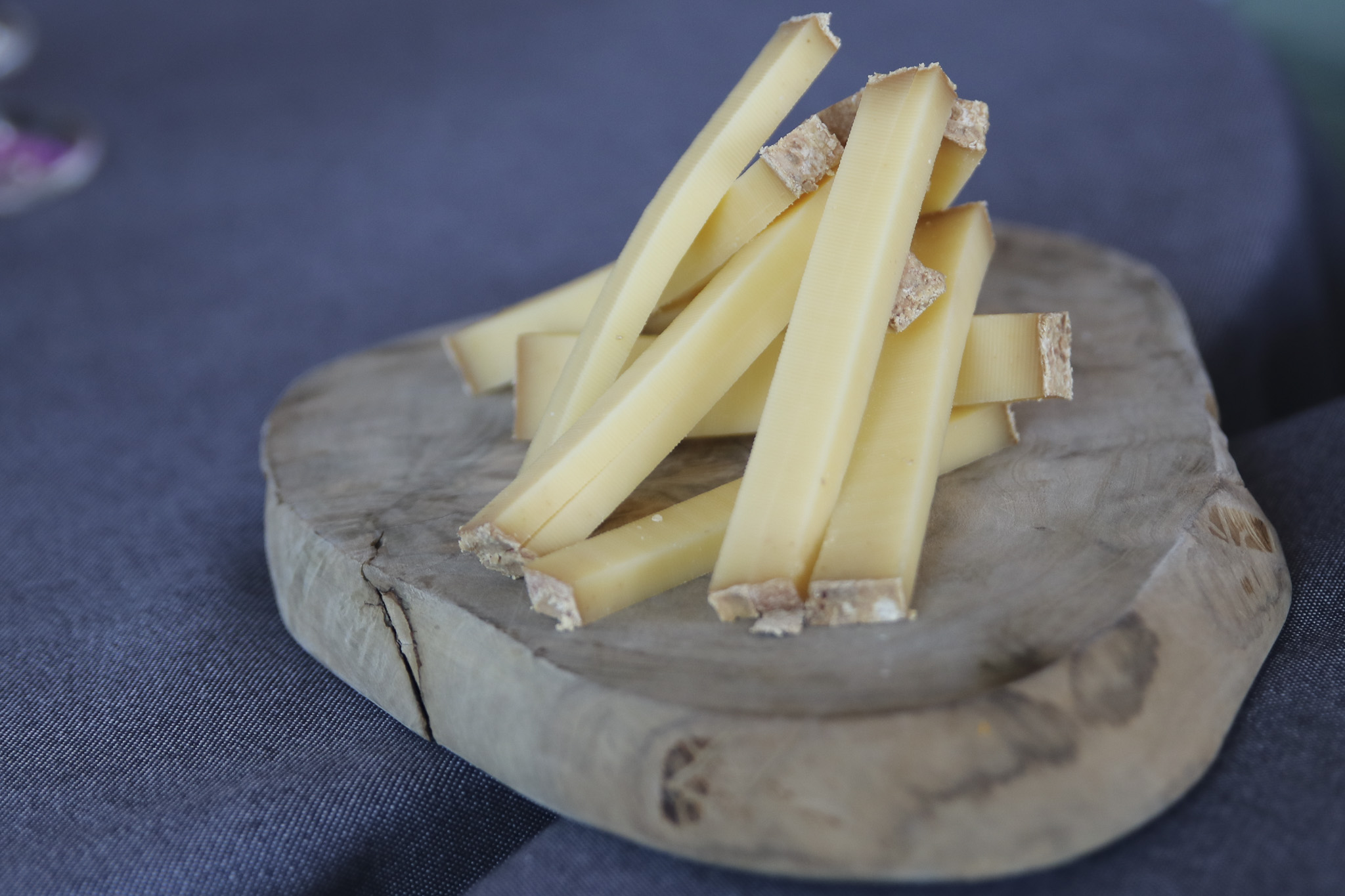
We tried both a 6 month and a 48-month Comte. The 6 month was fairly soft and served slightly thick. It had a strong flavor, stronger than I expected, a bit like mushrooms and nuts. The 48-month was much harder and served thinly sliced. This allowed us to notice the crystallized texture. It had a more developed flavor than the 6 month and seemed to linger in the mouth longer. Peter noted that if it were cut thicker it might have been too overwhelming and have a slight bitter taste in the mouth.
The wine pairing was a Vin Jaune, a sherry-like oxidized wine from the same region as the cheese. Eating Comte while sipping the wine brought out an even more pronounced nuttier flavor in the cheese.
Our next cheese was the Mont D’Or, a wintertime cheese from the same region as Comte. Soft and creamy with a full velvety taste, it’s ripened in a small wooden box and served with a spoon. It’s only available from October through March, so it was great to sample this rich cheese.
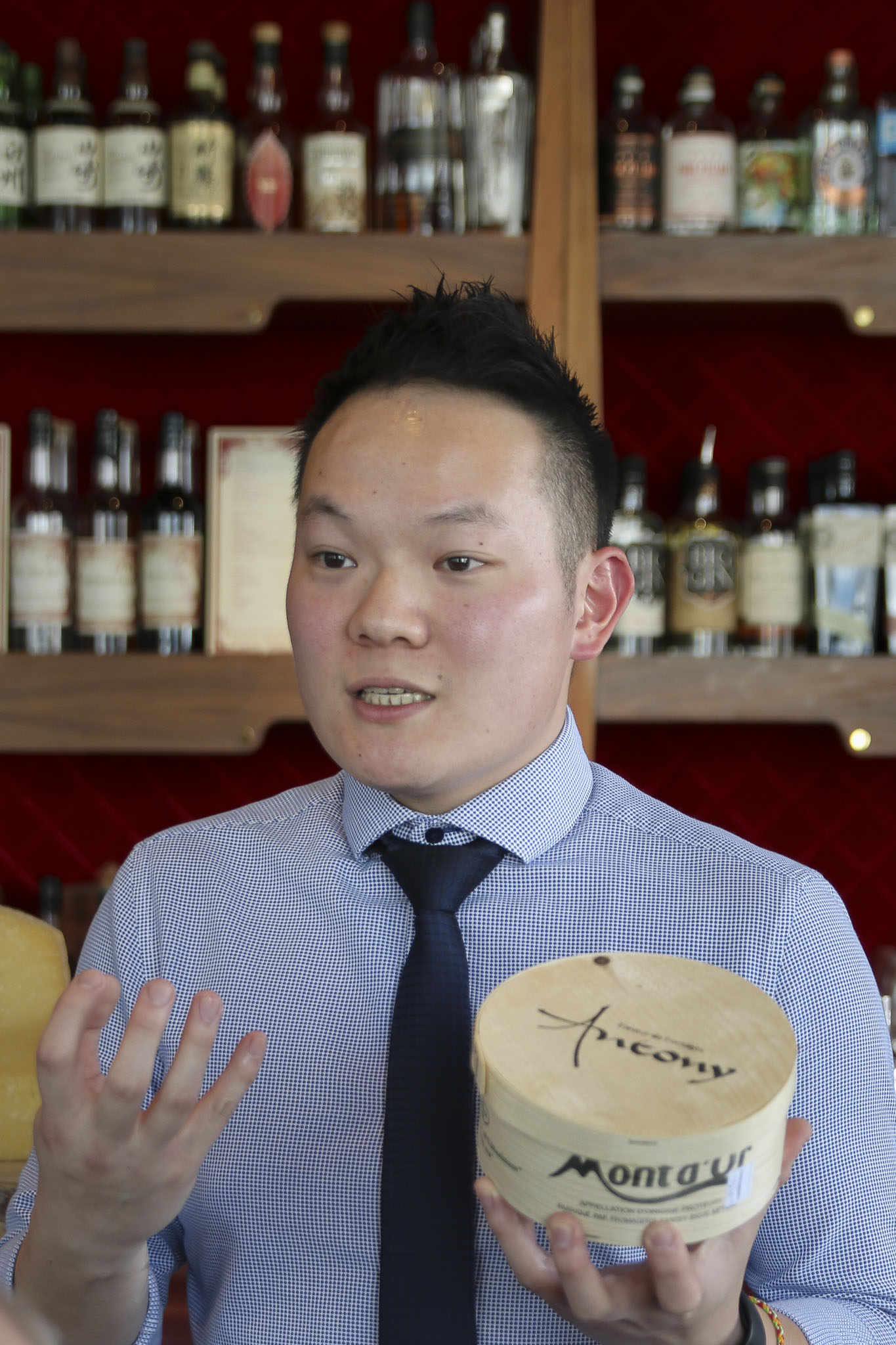
Following the Mont D’Or we tried Roquefort, made from sheep’s milk and among the world’s oldest cheeses. The cheese we had was made by Yves Combes, called the Le Vieux Berger (The Old Shepherd). It is handmade and aged 2 years which is longer than the standard 6 months that is typically done through larger manufacturing processes. The lengthy ageing makes it softer, crumblier in the mouth and more elegant. The cheese veins were ‘olive blue’, which Peter said signaled the best time to eat Roquefort, before the blue got too dark and much stronger. We had it paired with a port, which went well with the earthy flavor of the cheese.
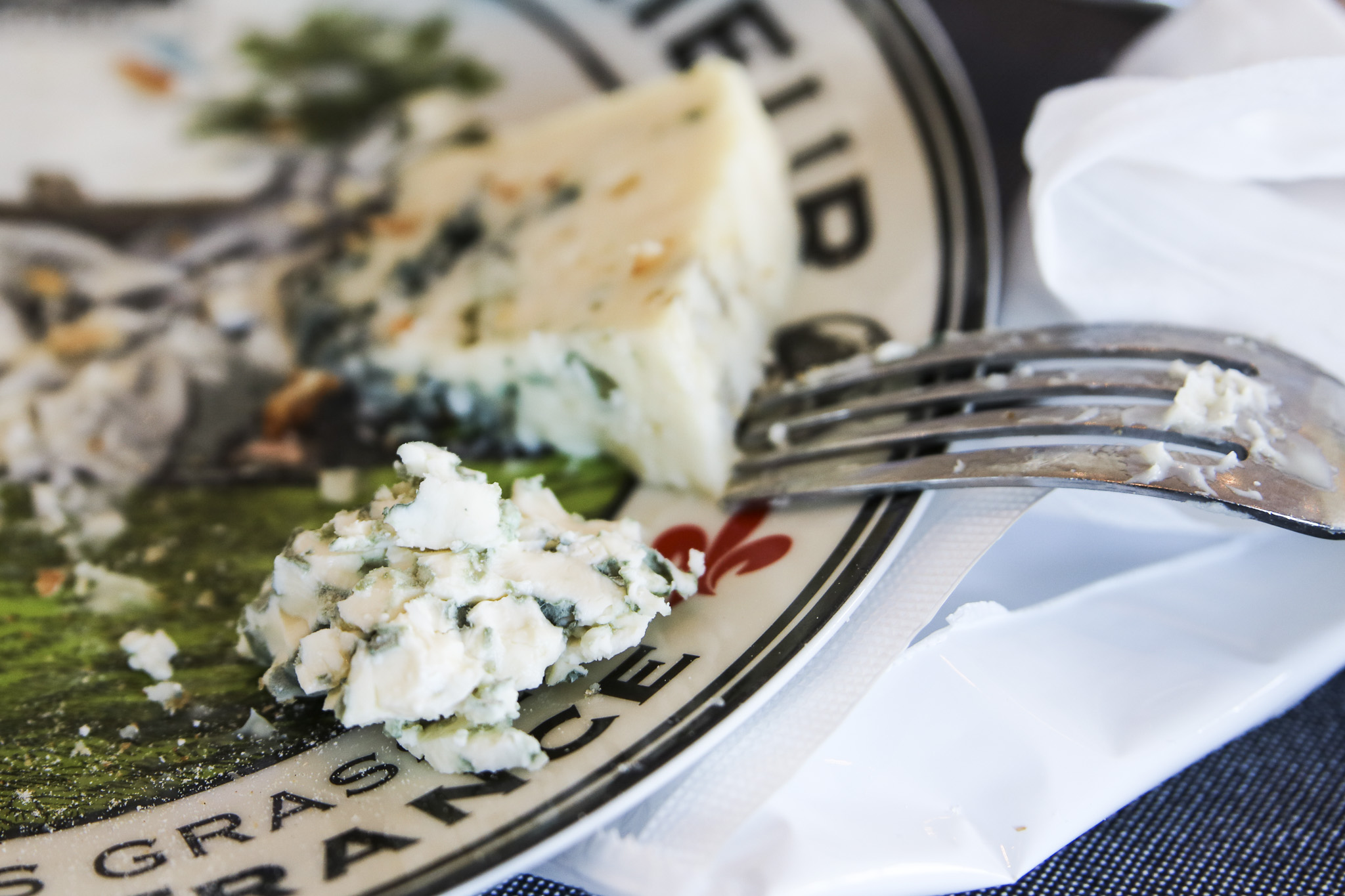
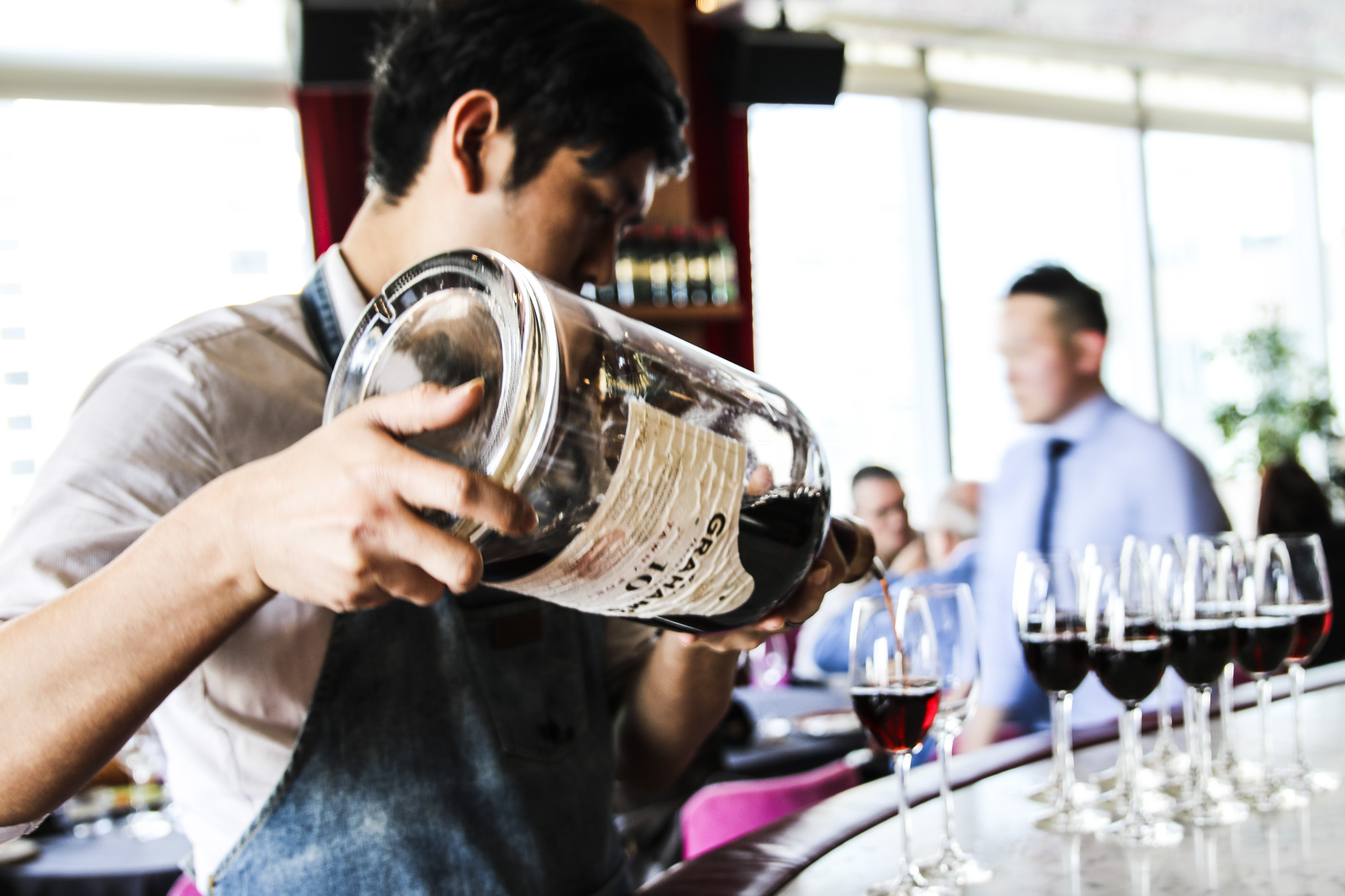
A cousin to Roquefort, Peter brought out some Fourme D’Ambert blue cheese. Made with cow’s milk as opposed to sheep milk so it didn’t taste as strong as the Roquefort.
Unpasteurized Camembert was the last cheese we tried, one of my favorites so it was a nice one to end with. Smooth and creamy, it was great to have the unpasteurized version of this cheese which is unfortunately becoming harder and harder to find. It had none of the ammonia smell of the pasteurized versions in grocery stores, just a rich, milky, slightly mushroom aroma and taste.